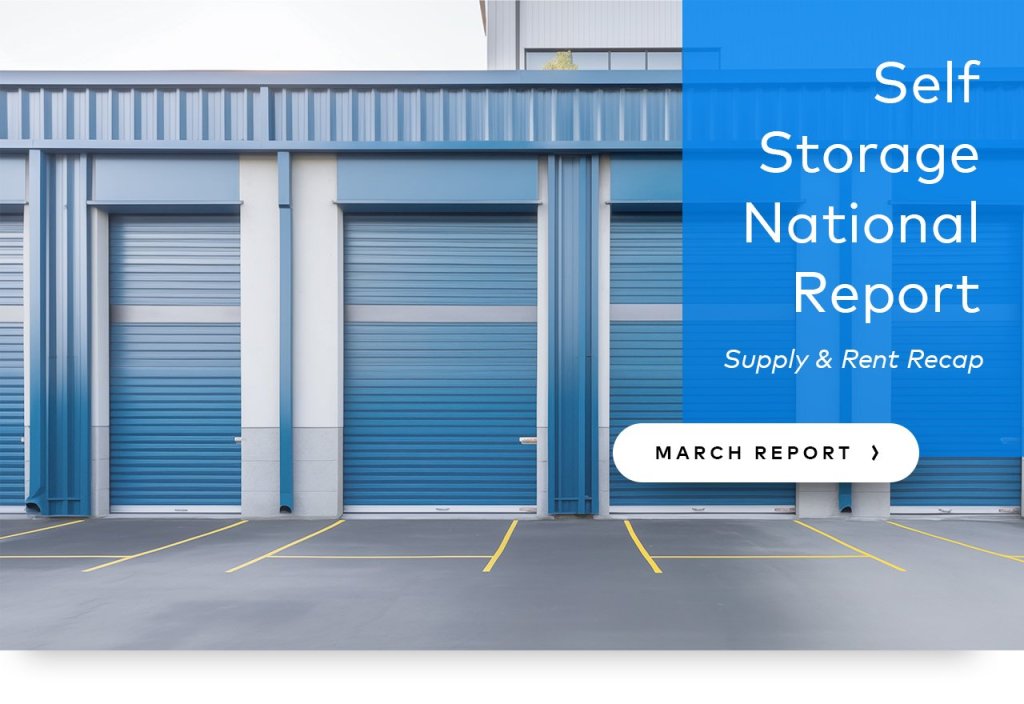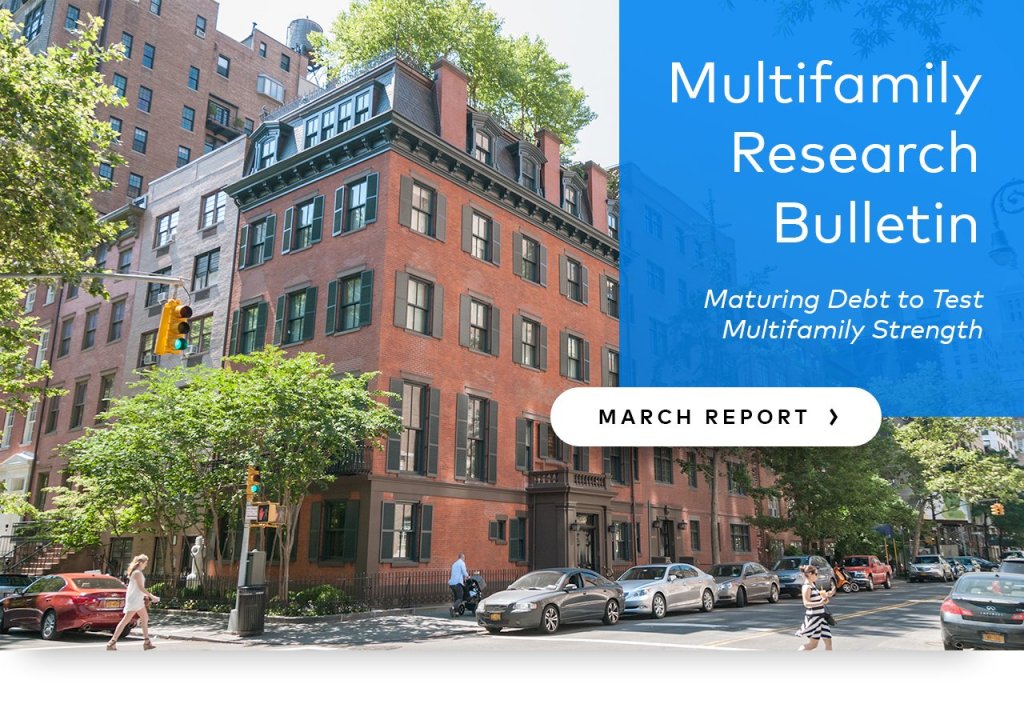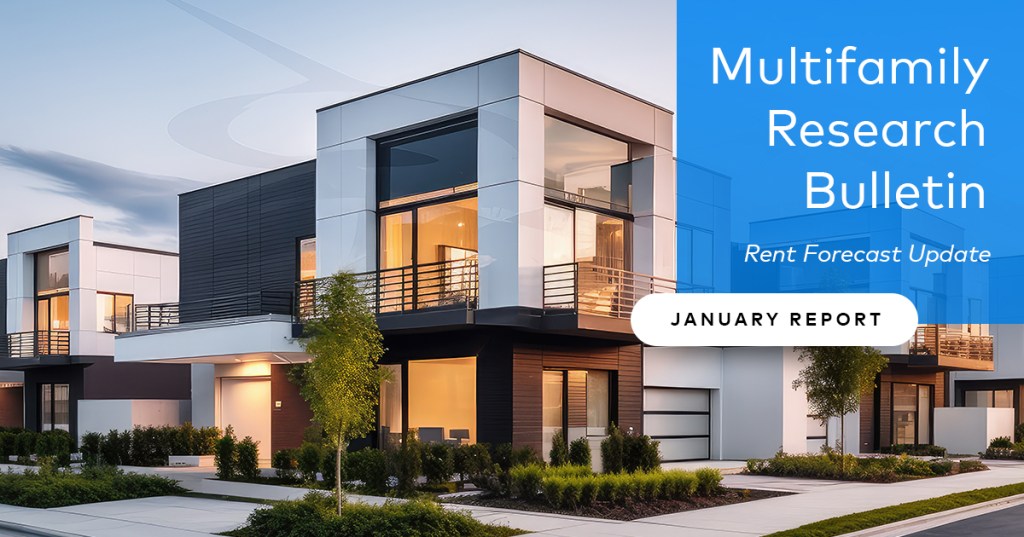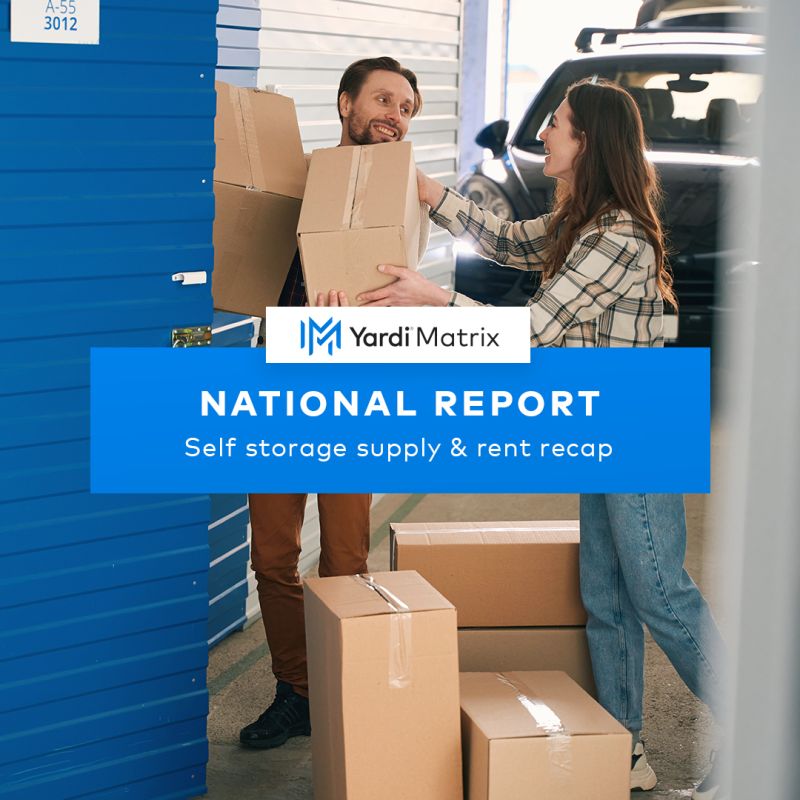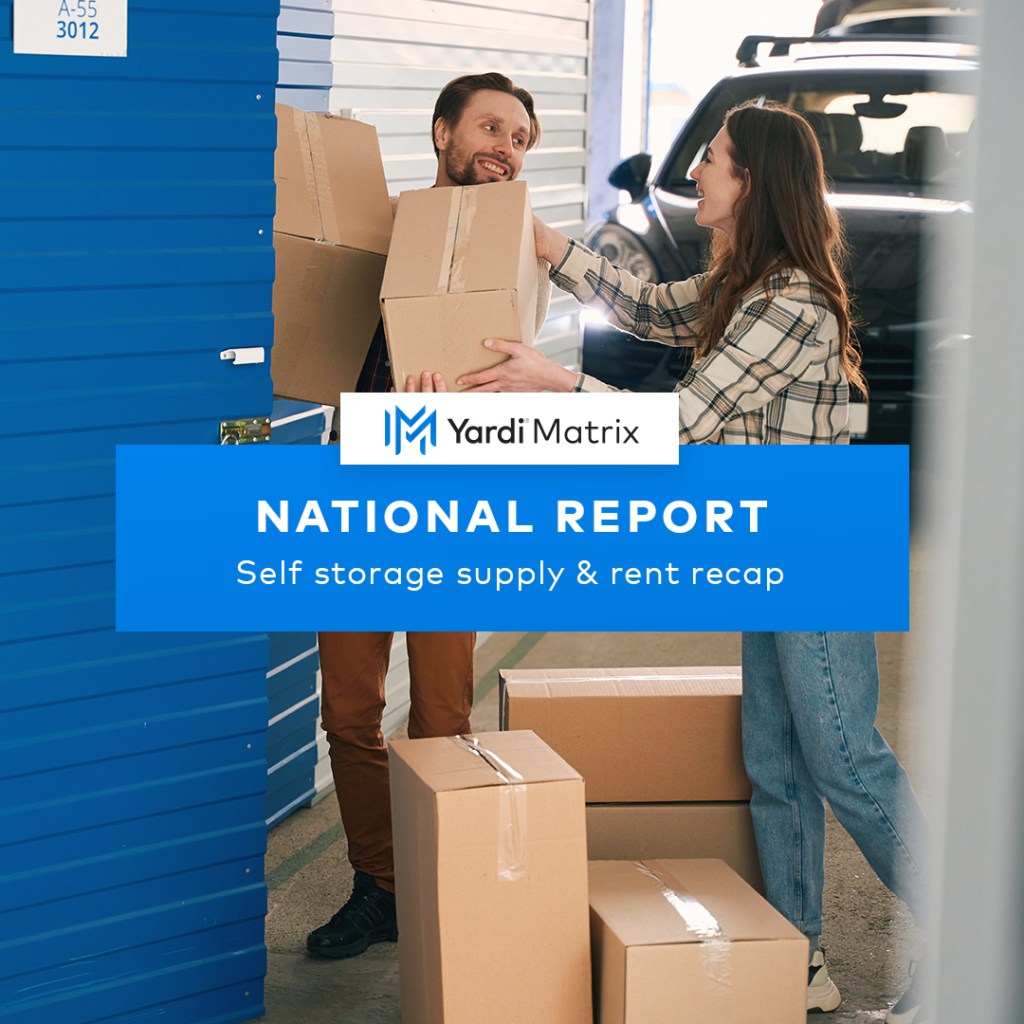Self Storage
Faces Headwinds
The self storage real estate sector is facing headwinds and continues to be affected by current market conditions, according to the latest Self Storage National Report from Yardi Matrix. Annual street rate growth was still negative in February. The average annualized same-store asking rent per square foot for combined mix of unit sizes reached an […]
